This Occult Horror Geek Analysis of Suspiria 2018 contains major spoilers!! If you have not yet enjoyed viewing the film then don’t read this review until after watching it. You were warned.

Let’s face it, there is just no comparing the original classic 1977 Suspiria directed by Dario Argento with the recent reimagining by Luca Guadagnino. The recent remix takes a completely different stylistic approach. So, although Argento’s classic has been praised and analyzed for decades and will ever remain in a special shrine in our black little hearts, there is also much to investigate in the art – and black art – of this recent film version.
Read our occult horror geek analysis of The Three Mothers here: https://devilinthedetailssite.wordpress.com/2017/08/22/suspiria-dario-de-quincey-and-the-dark-goddess-part-1/
The dark feminine is certainly highlighted in 2018’s Suspiria, and aspects of dark goddess imagery can be discerned. We were reminded of the goddess Hecate in the back-to-back-to-back arrangement of the three undead girls at the climactic ceremonial scene. And the goddess Kali – who is nearly always depicted with a sickle-shaped sacrificial sword – came to mind with the theme of destructive dance and rebirth, and the wielding of sickle-shaped hooks in the film.


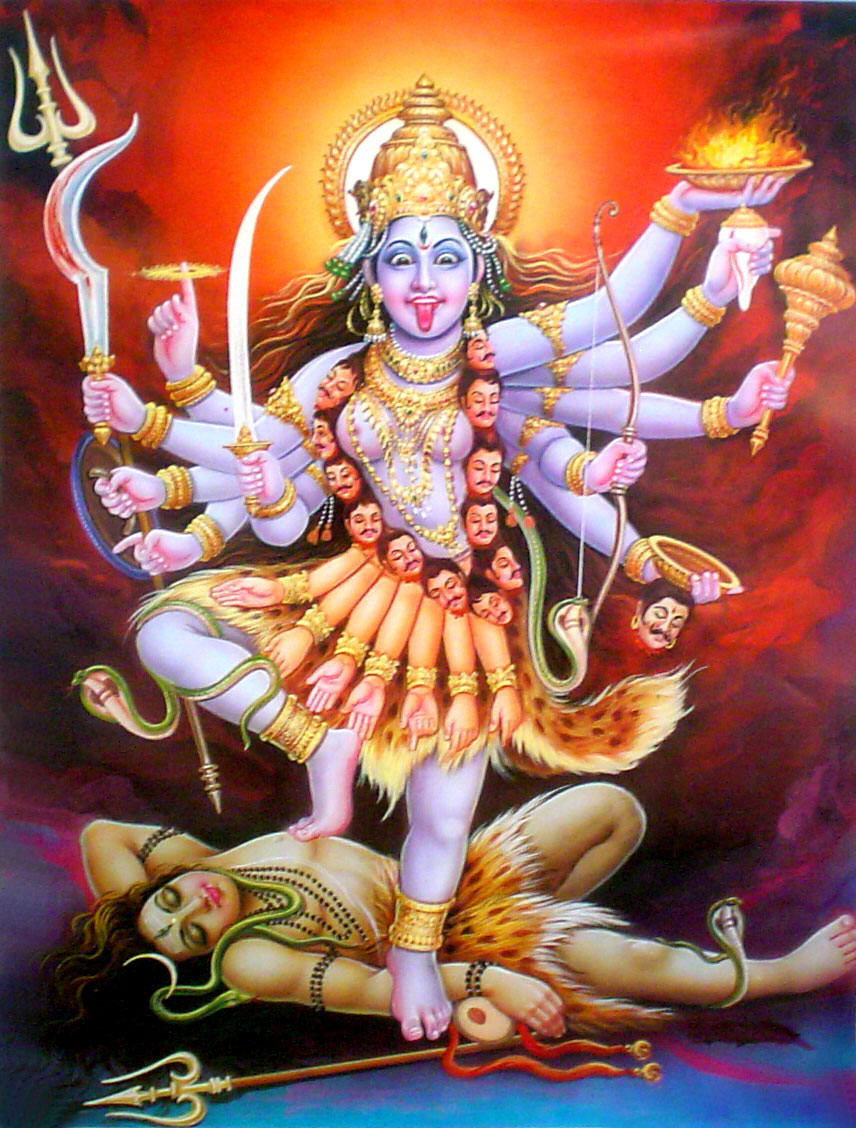
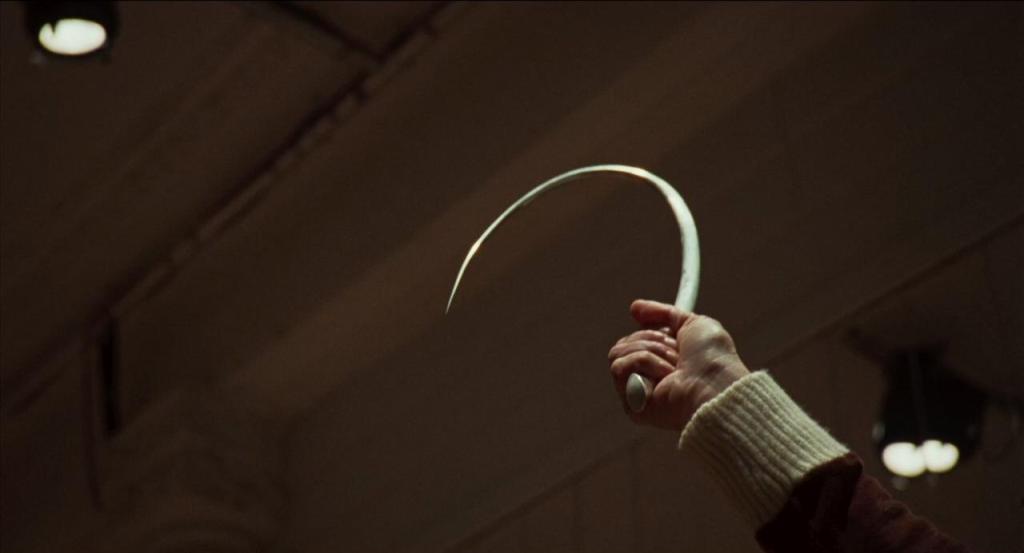
The hooks employed by the coven as sacred tools may connect to such ideas as “to get one’s hooks / claws into a person” and thus having them at your mercy, or of a feline claw. The sickle shaped sword of the goddess Kali – much like the sickle shaped scythe wielded by the Grim Reaper in Western culture – represents Time (among other things we do not have the space to digress upon here. But Kali means Time in Sanskrit) and mortality. just as the sickle shaped waxing and waning of the moon has served as humanity’s oldest calendar (hence “month” and “menses” shares the same etymology as “moon”).

Is Susie a psychopath or a witch goddess?
Because it really must be one or the other.
In 2018’s Suspiria, Susie Banion (Dakota Johnson) is very different from Jessica Harper’s Susie in Argento’s 1977 classic. Set in 1977, Susie is a girl obsessed from a very tender age with Berlin and Madam Blanc. She admits to fleeing from her little Mennonite community to see Madam Blanc perform in New York on three separate occasions (hitchhiking twice). She also steals things: money meant for the Mennonite church is stolen and used to fund her trip to Berlin; she snatches a cosmetic from a drawer at the Tanz company’s reception office in a scene where she even shows Sarah (Mia Goth) how to properly break into the file cabinet (!) in order to look for files on missing fellow students. When Madame Blanc (Tilda Swinton) asks her how it felt to dance on her first day at the Markos dance company, Susie admits that she thought it felt like what it must be like to get fucked. “To be fucked by a man?” asks Madame Blanc. “No, I was thinking of an animal.” admits Susie, seemingly puzzled that Madame would have considered otherwise. And did you happen to notice that by the end of the film Susie has even appropriated Sarah’s clothing?
More tellingly, Susie also shows little to zero remorse or emotional response to destruction or the suffering of others – like her dying religious mother, or a bombing outside her lodgings on her second night in Berlin. She giggles when she spies the matron witches teasing the genitals of an entranced police detective with one of their sickle-hooks. She’s immune to Sarah’s injury during the Volk dance performance as well as to Madame Blanc’s sudden demise. Susie cares not a bit for the obsolete religious morality of her family and in fact she transcends all conventional religious morality and sense of right or wrong to get where and what she wants. And she does it all her way, in her own sweet time …almost effortlessly! If timing truly is everything then it was just Fate that brought Susie to her own rebirth. Not the sort of horror movie heroine we’re used to! She hijacks the divided Markos Tanz company in a way echoing the hijacking and political unrest continually broadcast in the news from radio and t.v. throughout the story. She was born to (super)naturally blossom into the goddess she becomes – Mater Suspiriorum.
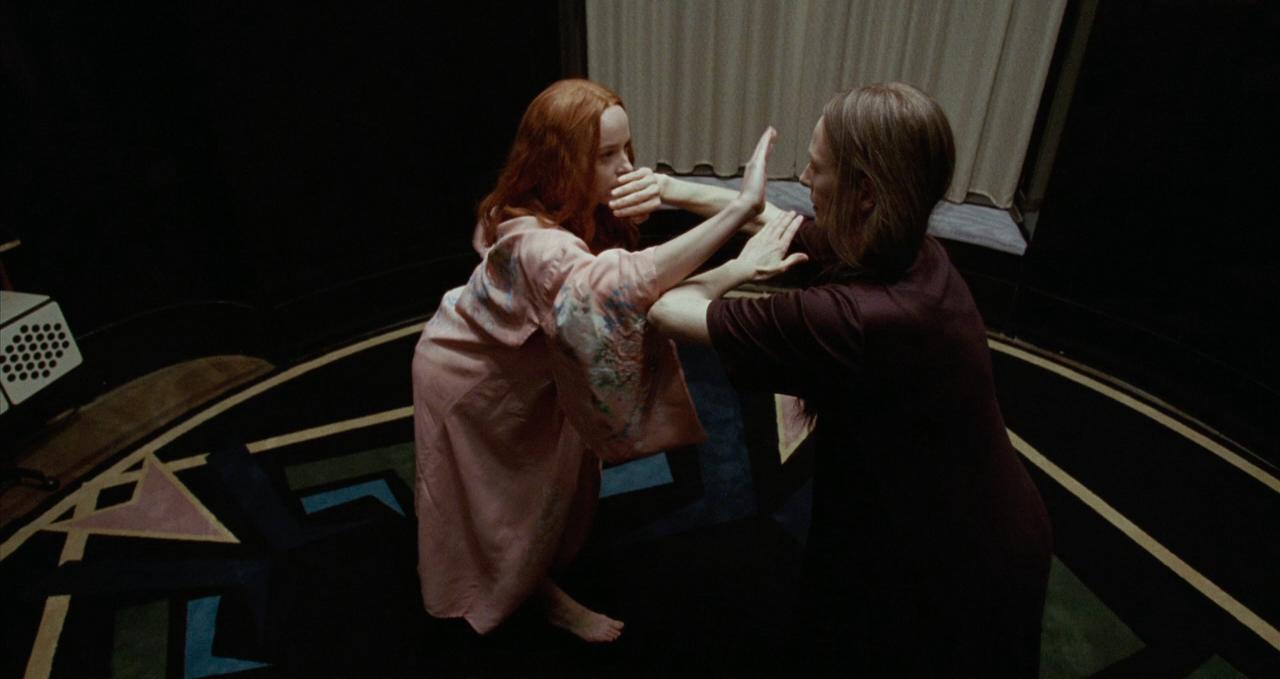
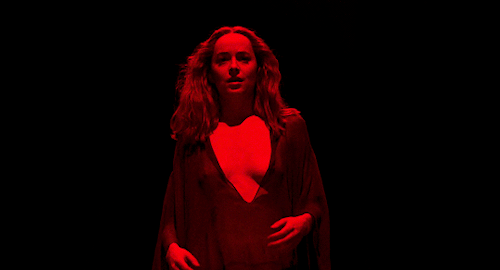
Through it all Susie remains Cool, detached, and yet also strangely connected – with Madame Blanc as her spiritual Mother and preceptor – and to the pain and destruction going on all around her like so many reflections from a many-faceted jewel of suffering. Or perhaps she herself is a reflection of sorrow and destruction – of all the miseries of her personal life and of the world-at-large being refracted and focused into and through her as the very soul of sighs, the Mother of Sighs. She brings not only mere destruction but utter upheaval and transformation; out with the old Mother and in with the new one – herself! Like some insect queen which bites the head off of the old diseased queen so that the hive may flourish.
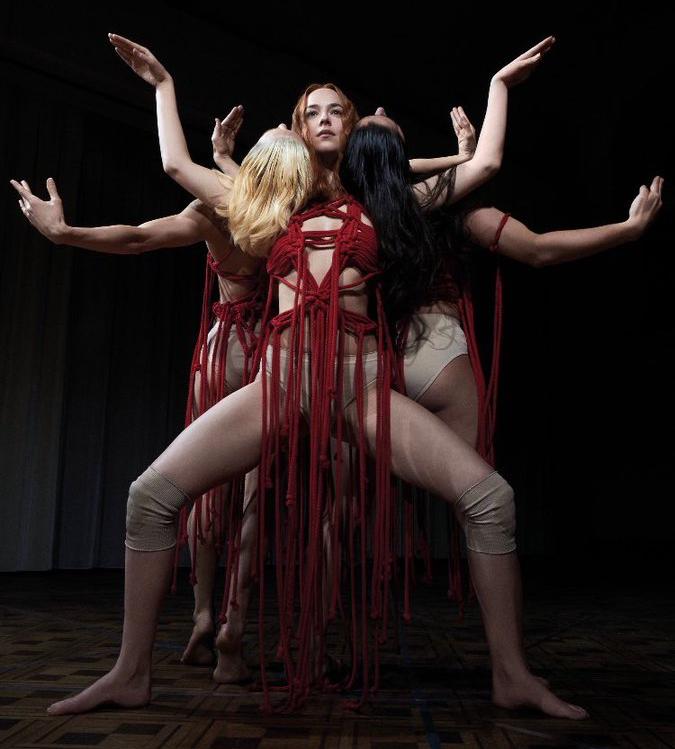
Helena (Mother) Markos, Madame Blanc and the rest of the coven come to believe that they are preparing Susie to become the living vessel for the spirit of Mother Markos, whose spirit they plan to magically transmigrate from Mother Markos’ incredibly diseased body into Susie’s fresh young one in an intentional act of spiritual possession. In order to do this Susie is instructed to become a vehicle for the work of another. Madame Blanc explains: “When you dance the dance of another, you make yourself in the image of it’s creator. You empty yourself, so that her work can live within you.” However, in an ironic twist of Fate – and an act of spiritual aikido – Susie actually ends up using the coven for her own ends as she blossoms at the climax of the film to fully become and embody Mater Suspiriorum – the Mother of Sighs. Instead of Susie being a tool for the coven’s designs, the coven actually becomes the tool for Susie’s own apotheosis.
Instead of Susie being a tool for the coven’s designs, the coven actually becomes the tool for Susie’s own apotheosis.
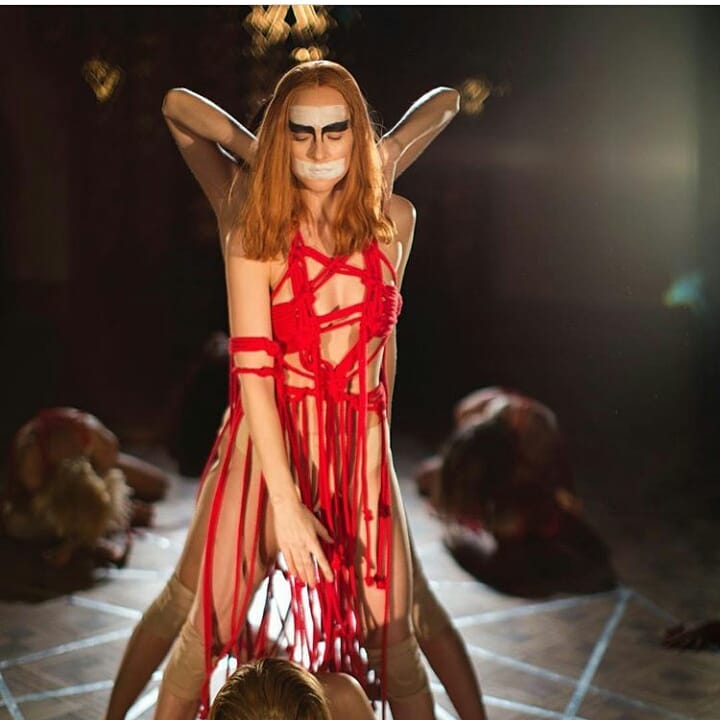


The Volk dance performance scene displays the creatively captivating blend of dance and magick – of art and black art. Everyone knows about the Dance of the Witches and how it’s used as a way to generate magical power. Witchcraft is interpreted here as a late ‘70’s German dance style. Energy is generated within a field of movement set upon a silver starburst-like pattern taped upon the floor. The precise and fierce rhythmic movement of bodies in set patterns – (and the esoteric void spaces in between them, as Madame Blanc teaches Susie in regard to the space created beneath her when she jumps) – creates a living, breathing mandala – a machine of occult force to be harnessed by the coven. This motif reoccurs in the intense ritualistic finale where the dancers are positioned in a physical pattern of rebirth – the shape of the feminine, downward pointing triangle, hands drenched in blood, dressed in the shorn hair of many young women. the coven becomes not only midwives in an attempt to rebirth Mother Markos into Susie’s body – they themselves form a pattern of a bloody womb of rebirth: all knotted flesh, hands smeared in human blood and covered in hair.
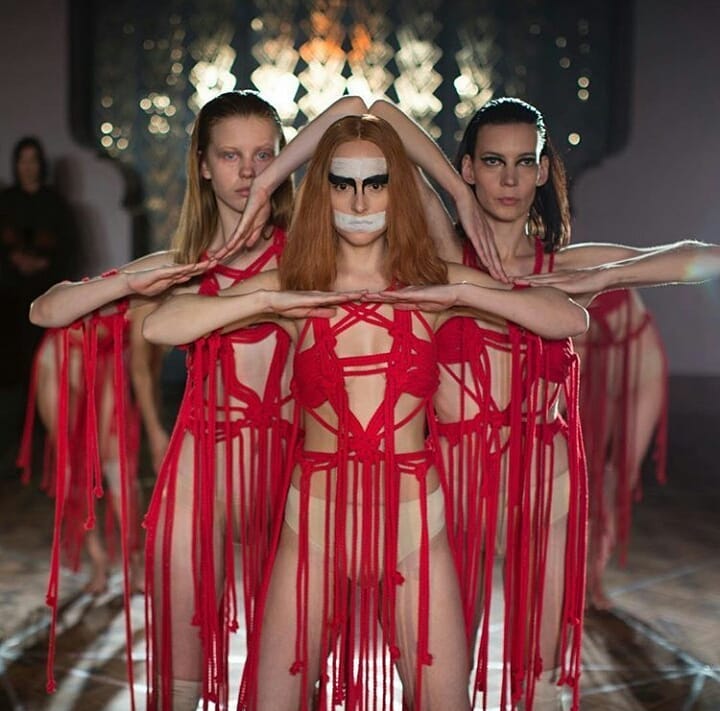
The shibari styled dance costumes made of carefully knotted and artistically arranged red cords are both emblematic of the umbilical cords binding the daughters of the dance company to their sorcerous Matrons (who indeed “pull the strings” in order to channel their collective energy towards their own purposes) and the well-known witches’ cord, or “witches’ ladder,” used in traditional witchcraft for making and containing magic by the intentional tying of knots and the weaving of spells. The witch goddess Hecate is occasionally depicted holding cords among her accoutrements.

Read more about Hecate imagery and the Matrones in the original Suspiria and Three Mothers films in our series of articles on 1977’s Suspiria here: The Three Mothers & SUSPIRIA: Dario, De Quincey & the Dark Goddess; Part 2
Need we state the obvious occult reference regarding the school’s collection of each dance student’s hair and urine? Ostensibly to drug test (or for pregnancy and sexually transmitted infections) the school has the student’s urine, and the cuttings of their hair, as magical tools for binding and controlling who they will, how and when they will. A woman’s hair has long been held in esteem as a source of her magical power, her force of glamour. You can witness certain patriarchal religious traditions which enforce a covering of a woman’s hair as a method of attempting to suppress that wily female nature which may cause varying degrees of chaos on masculine order. This is why the goddess Kali always is depicted with long loose flowing hair emblematic of her freedom and her unbridled force. Just as one requires a personal item, or better clippings of hair, nails or the bodily fluids from an intended magical victim in order to cast a spell upon them, so do the matrons of the dance company gather these bits of matter to better serve their Mater… Suspiriorum. Miss Tanner is always wearing a talisman of human hair.
The necromancy employed by the coven manifests as a type of vampirism in which their magic, and probably Witch Queen Mother Helena Markos, is fed and nurtured on the suffering of those who fall onto the witches’ black list. Pat, Olga, and Sarah are made into undead automatons whose blood and internal organs are used in the witches’ black magical workings. Miss Vendegast the Matron who says “Don’t hurt Olga” just before they sink their sickle shaped hooks into her grotesquely twisted and tormented flesh appears to have been reminding them not to damage the internal organs so as to preserve their magical potencies to be used in their spell casting or other necromantic intentions.
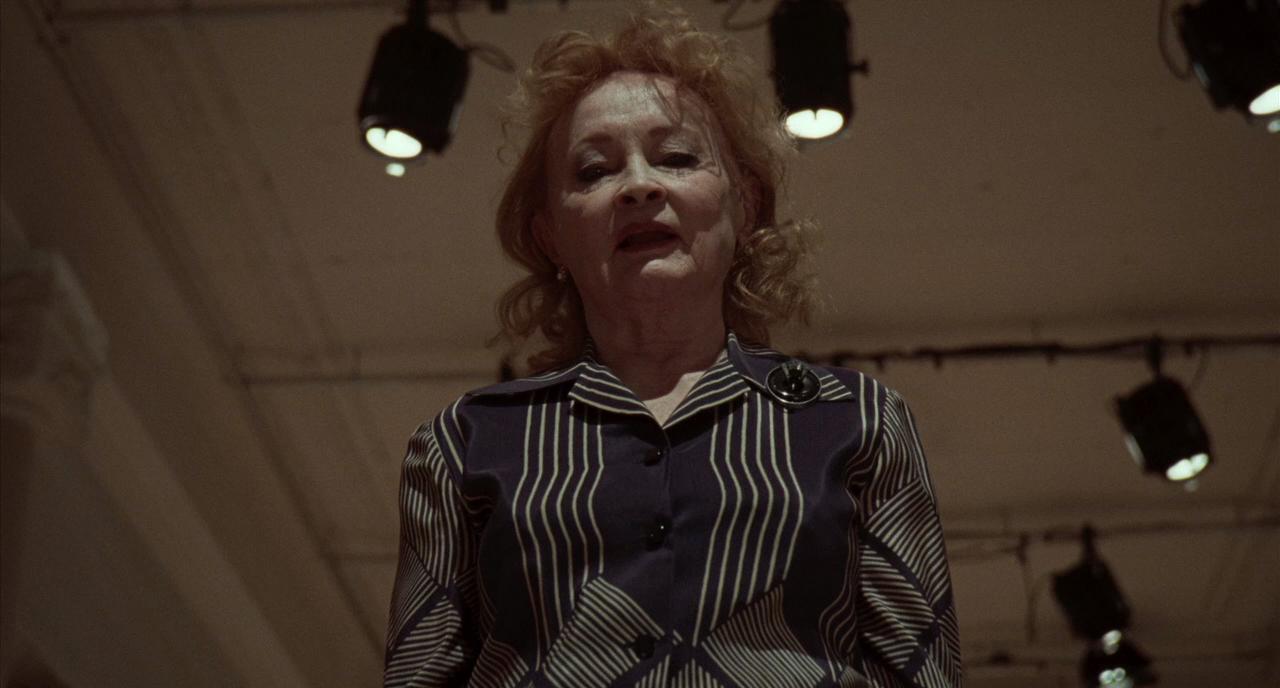
Mirror, mirror on the wall… who’s the strongest witch of all? The mirror is a truly powerful magical instrument and a tool for psychological transformation. Just as Argento credited the influence of Disney’s Snow White upon 1977’s Suspiria we find the magic mirror resurfaces to reflect the soul in all it’s beauty, grace, torment and pain – multiplied – in the new Suspiria in a fractalization of the one into many.
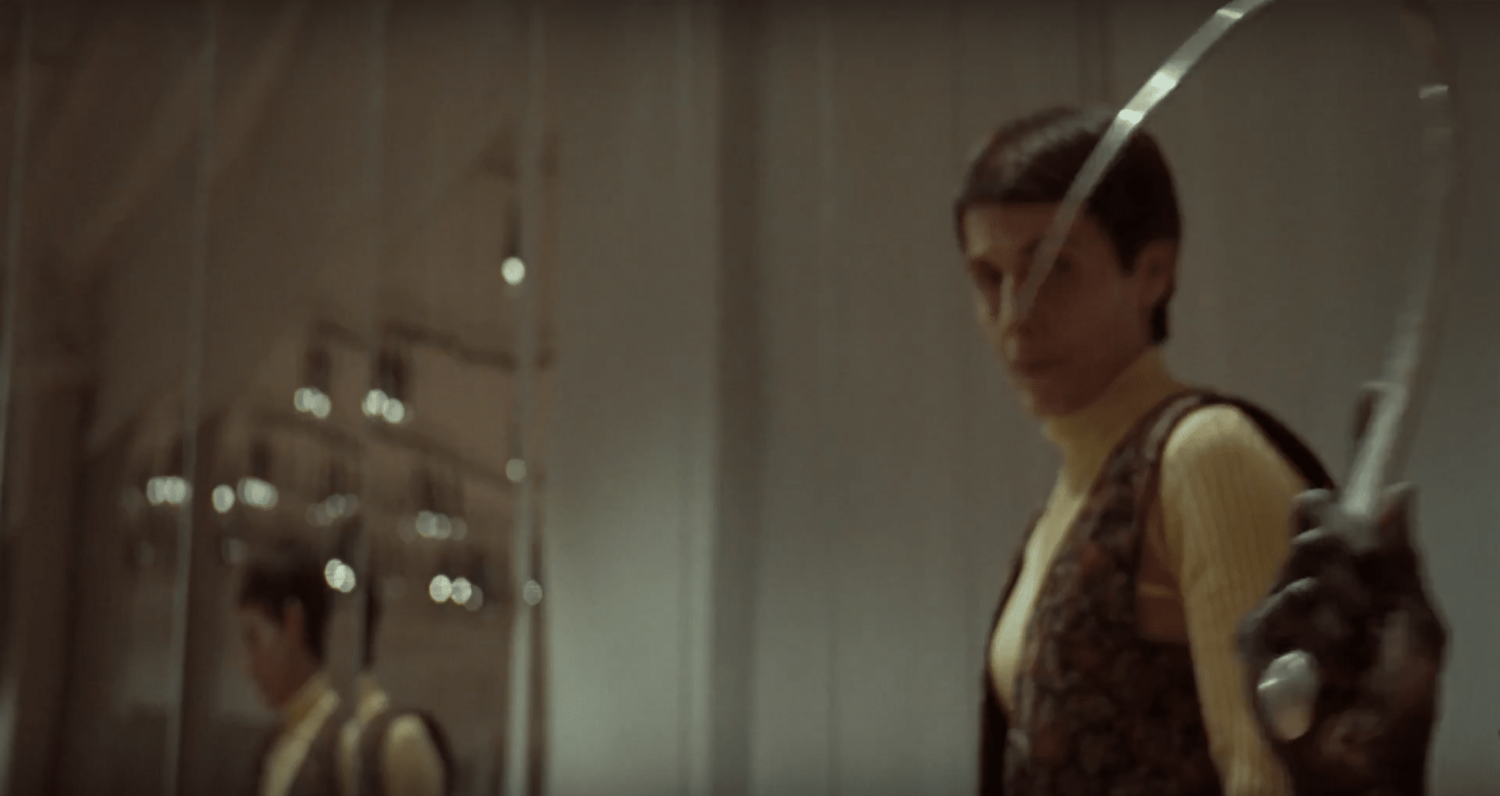

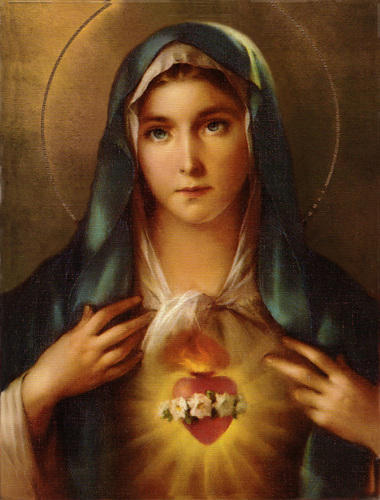
Occult horror geeks such as ourselves may find these reimagined occult symbols of interest in the growing list of occult flavored horror. Especially as we dive into this 21st century – where traditional religious ideology shifts along with the troubled cultural landscape and where Suspiria’s Susie Bannion is a heroine who – instead of defeating a coven of murderous witches – becomes the supreme witch by disposing the old model – it will be interesting to view what this strange world now considers “evil”.
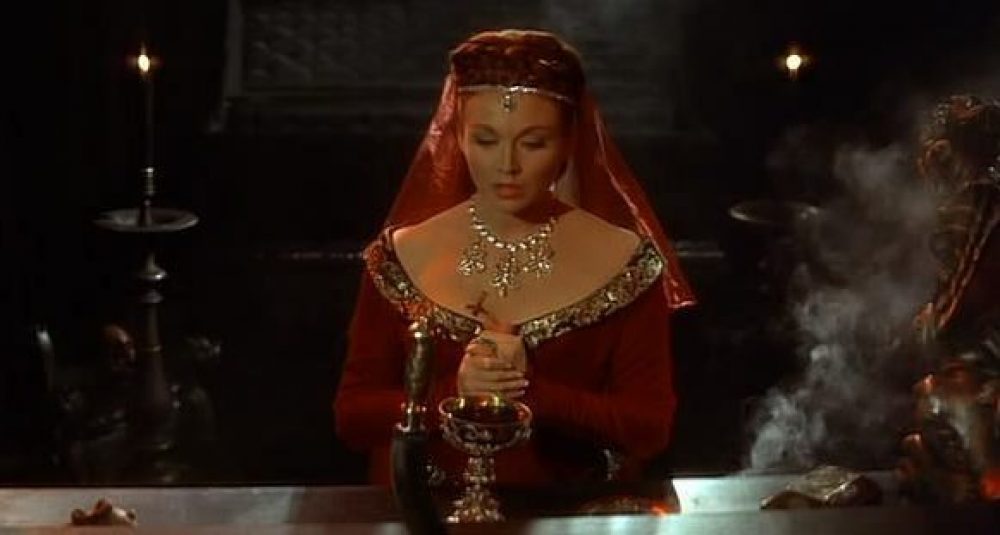
Pingback: Hereditary : Decoding the Demon’s DNA | Devil In The Details